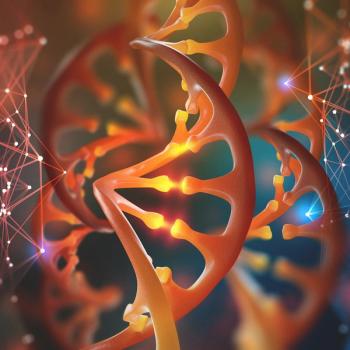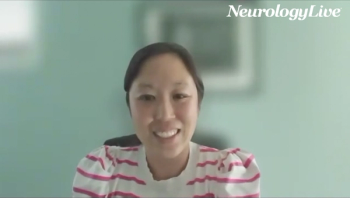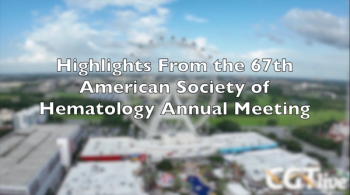
Neurophth and AAVnerGene partner on AAV capsids for next-gen ophthalmic gene therapy
Neurophth Therapeutics, Inc (Neurophth) and AAVnerGene Inc have announced the launch of a strategic partnership that will grant Neurophth global rights to mutually select adeno-associated virus (AAV) capsids for the creation of the next-generation ophthalmic gene therapy.
Neurophth Therapeutics, Inc (Neurophth), a subsidiary of Wuhan Neurophth Biotechnology Ltd, and AAVnerGene Inc have announced the launch of a strategic partnership that will grant Neurophth global rights to mutually select adeno-associated virus (AAV) capsids for the creation of the next generation ophthalmic gene therapy.
According to a company
While AAV is the most widely-used vector in gene therapy, its cost and efficacy needs significant improvement, according to Daozhan Yu, AAVnerGene CEO, in the news release.
“Suitable AAV plays a vital role to achieve the success of a gene therapy,” Yu said. “Our ATHENA platform is designed to select the optimal AAV vector for different cells and diseases.”
The proprietary technology creates capsid libraries obtained from artificial intelligence machine learning, DNA shuffling or directed evolution, therefore allowing a significant increase in AAV genetic payload capacity, production, and transduction with the ability to penetrate through the inner limiting membrane of the retina, according to Alvin Luk, PhD, MBA, Neurophth CEO, in the release.
This could potentially enhance the overall transduction efficiency of capsid library-derived vectors, Luk said.
“If proven successful, the administration of the selected AAVnerGene capsid variant(s) in gene therapy may enable repeated dosing AAVs in both adults and pediatric patients, Luk said, “potentially improving the clinical efficacy at a lower vector dose with better penetration of the barriers in eyes using a safer and less invasive procedure such as intravitreal injection, which lower the risk of immune response to the capsid."
Per the agreement, Neurophth will make an initial cash payment to AAVnerGene to test ~100 AAV capsids. Once acquiring the capsids, Neurophth is expected to complete preclinical studies on the capsids within six to 12 months. Upon completion, both companies will jointly evaluate the capsids and select the appropriate ones for further development, according to a news release.
Once the appropriate capsids have been selected by both companies, Neurophth has agreed to pay AAVnerGene additional cash and/or to potentially purchase AAVnerGene's common stock – based on Neurophth's achievement of specified development, regulatory and commercial milestones, according to the release.
Further, Neurophth will pay AAVnerGene royalties for the sales of any commercialized gene therapy that results.
Read more gene therapy news
Newsletter
Stay at the forefront of cutting-edge science with CGT—your direct line to expert insights, breakthrough data, and real-time coverage of the latest advancements in cell and gene therapy.






























